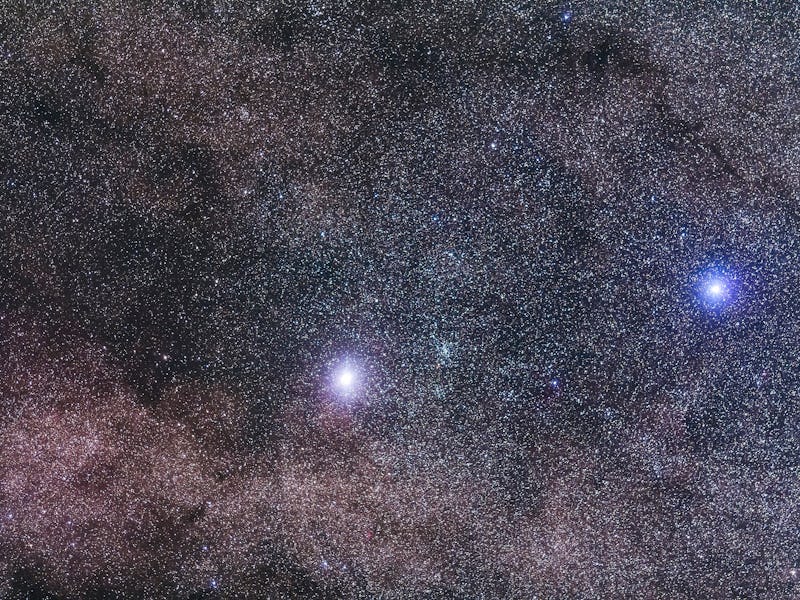A new telescope may finally find a livable planet around nearby Alpha Centauri
Alpha Centauri could have some habitable planets around it.

Is there life beyond Earth? Across galaxies and billions of star systems, the possibility for life on other planets is endless. But it sure would be convenient if life was located right next door, cosmically speaking.
A newly announced mission aims to explore the closest star system, Alpha Centauri, in hopes of finding whether or not the neighboring stars have orbiting planets around them and if those planets may be habitable.
The new mission is a privately funded telescope dubbed TOLIMAN, which is the original Arabic name for Alpha Centauri. TOLIMAN also stands for Telescope for Orbit Locus Interferometric Monitoring of our Astronomical Neighbourhood. It is set to launch in the mid-2020s.
How will TOLIMAN work?
The mission is a collaboration between scientists from the University of Sydney, the Breakthrough Initiatives in California, Saber Astronautics in Australia, and NASA’s Jet Propulsion Laboratory.
The telescope is equipped with a diffractive pupil lens that spreads the light from the star into a flowerlike pattern, which would make it easier for astronomers to detect any slight irregularities in the stars’ movements.
A simulated view of the Alpha Centauri system from through the lens of the telescope.
Usually, these irregularities indicate the gravitational influence of orbiting planets on the star.
“Our TOLIMAN mission will launch a custom-designed space telescope that makes extremely fine measurements of the position of the star in the sky,” Eduardo Bendek, an optical engineer at NASA’s Jet Propulsion Laboratory, said in a statement. “If there is a planet orbiting the star, it will tug on the star betraying a tiny, but measurable, wobble.”
What is Alpha Centauri?
Alpha Centauri is the closest star system to our own. It is comprised of three stars — Alpha Centauri A and B, and Proxima Centauri.
Proxima Centauri is closer to the Sun, at only about 4.24 light years away, and has a looser gravitational relationship with its two companions. Meanwhile, Alpha Centauri A and B lie 4.37 light years away and are Sun-like stars in a tight binary orbit around one another.
Scientists have already detected two planets orbiting Proxima Centauri.
Although evidence suggests there may be a planet orbiting around the Alpha Centauri binary system, astronomers have yet to make a clear detection.
“Astronomers have access to amazing technologies that allow us to find thousands of planets circling stars across vast reaches of the galaxy, yet we hardly know anything about our own celestial backyard,” Professor Peter Tuthill from the Sydney Institute for Astronomy at the University of Sydney, and project leader of the TOLIMAN mission, said in a statement. “It is a modern problem to have; we are like net-savvy urbanites whose social media connections are global, but we don’t know anyone living on our own block.”
Finding life around Alpha Centauri
Astronomers have detected around 4,000 exoplanets so far in search of habitability beyond Earth.
But finding a potentially habitable planet orbiting around Alpha Centauri has the best potential of humanity establishing itself as a multi-planetary species since this would be the world easiest to travel to due to its proximity.
“These nearby planets are where humanity will take our first steps into interstellar space using high-speed, futuristic, robotic probes,” Pete Klupar, Chief Engineer of Breakthrough Watch, said in a statement.
Even before humanity has developed the technology to reach a nearby planet, exploring a potentially habitable planet in our cosmic backyard can provide a better understanding of life and habitability outside of Earth.
“Getting to know our planetary neighbors is hugely important,” Tuthill said. “These next-door planets are the ones where we have the best prospects for finding and analyzing atmospheres, surface chemistry, and possibly even the fingerprints of a biosphere — the tentative signals of life.”
This article was originally published on